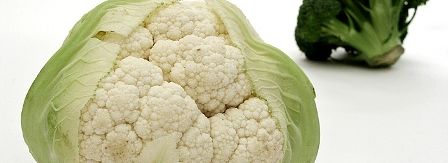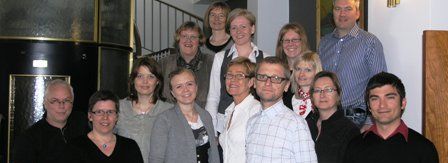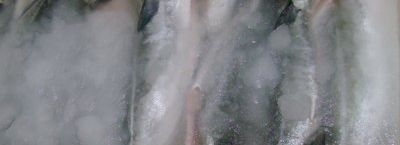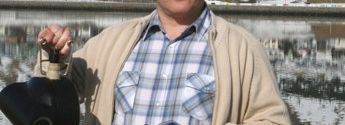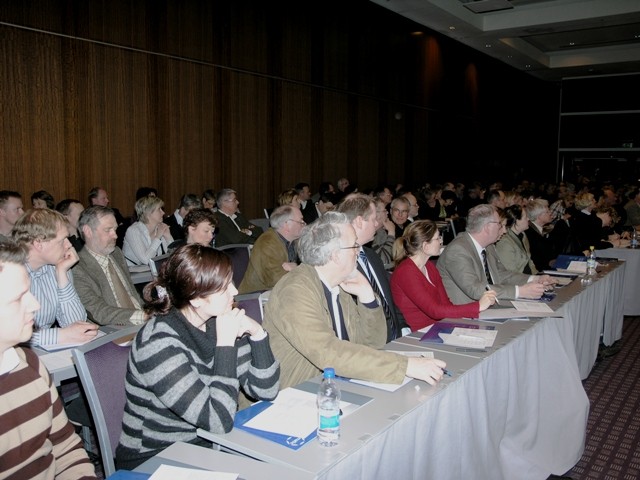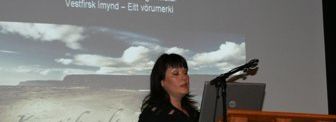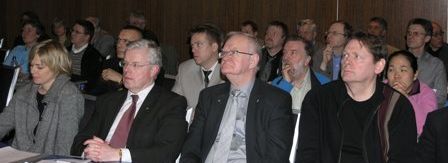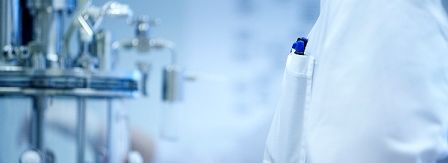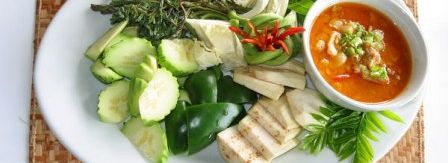The meeting will discuss, among other things, whether organic agriculture is an option in Iceland. The meeting starts at 12:45 and lasts until kl. 17:00.
The meeting will try to shed light on various aspects of organic agriculture. Are Organic Products Healthier Than Others? Do the production methods cause less damage to the environment than in the case of traditional agriculture? Is organic farming better able to meet consumer wishes in terms of animal welfare? The seminar will try to find answers to these questions and countless others.
Dr. Áslaug Helgadóttir, Assistant Rector of Research, Agricultural University of Iceland, will chair the meeting, and Einar K. Guðfinnsson, Minister of Fisheries and Agriculture, will address the meeting. The chairman of the meeting will be Dr. Sjöfn Sigurgísladóttir, CEO of Matís.
Kristján Oddsson, farmer at Neðra-Háls in Kjós, gives a talk which he calls Organic production: For whom and why? Kristján discusses first and foremost organic milk production as a business idea - the advantages and disadvantages of engaging in organic milk production. Then dr. Guðni Þorvaldsson, associate professor at the Agricultural University of Iceland, explains the beginnings and origins of organic agriculture as well as the ideology behind it. He intends to examine whether organic farming, as it is currently practiced, is based on a different foundation than the ideology of the entrepreneurs.
Runólfur Sigursveinsson, a consultant at Búnaðarsambandi Suðurlands discusses the regulation on organic production of agricultural products and labeling and dr. Ólafur Dýrmundsson, a consultant at the Icelandic Farmers' Association, gives a talk which he calls Conditions for organic farming in Iceland, where the biological conditions for such farming in Iceland will be discussed, with regard to soil fertility, climate, livestock welfare and livestock industries to name a few. Ólafur will also briefly refer to the support that farmers have for adapting to organic farming.
Dr. Holger Kirchmann, professor at the University of Agriculture, Uppsala, gives a talk comparing crops, carbon sequestration, nutrient leaching and energy consumption in organic and traditional agriculture.
Grétar Hrafn Harðarson, lecturer at the Agricultural University of Iceland, gives a talk entitled A comparison of the health and welfare of livestock and the safety of products in organic and traditional agriculture. In the presentation, Grétar Hrafn intends to discuss possible changes in the incidence of production diseases when switching to organic agriculture and how preventive measures can be taken. Grétar Hrafn also talks about a possible difference in the health of livestock products under organic conditions.
Finally, dr. Daði Már Kristófersson, economist at Hagfræðistofnun H.Í. deliver a talk he calls The Economics of Organic Agriculture.
At the end of the presentation, there will be queries and panel discussions.


